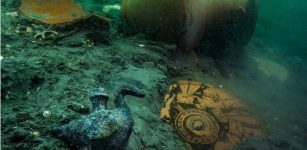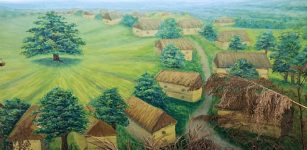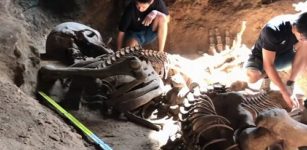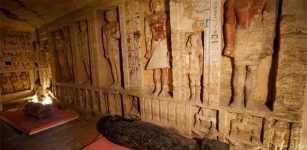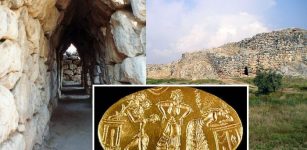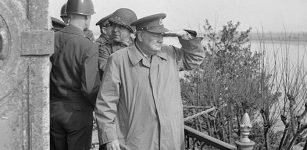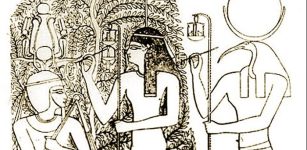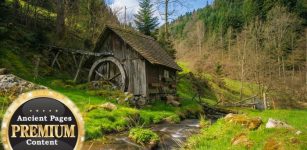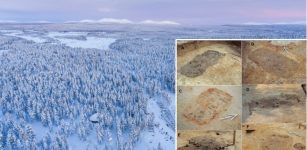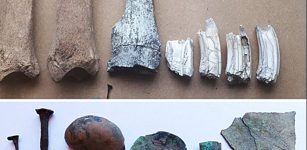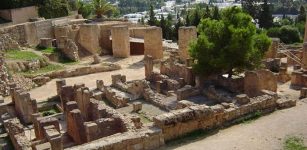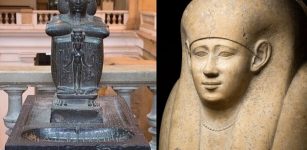Ancient Fresco Tomb Dated A 1000-Years Ago Was Accidentally Discovered In Northern China
Conny Waters - AncientPages.com - A tomb decorated with frescos dating back about 1,000 years ago, was accidentally discovered by a group of farmers in north China's Inner Mongolia Autonomous Region.
 Farmers discover Ancient tomb decorated with frescoes discovered in Inner Mongolia. /Xinhua
Farmers discover Ancient tomb decorated with frescoes discovered in Inner Mongolia. /Xinhua
According to Inner Mongolia Museum of Prehistorical Culture, the tomb was built in the middle and late periods of Liao Dynasty (907-1125). The Liao Dynasty was established by the Khitan people, an ancient nomadic people in China originated from the northern part of the country.
For hundreds of years since the 4th century, the Khitans were nomads who lived on the boundless grasslands.
They defeated the Hans with their undaunted cavalries and established the Khitan Kingdom, which ruled the vast northern China area for 209 years (916-1125) with one of the most open cultures in Chinese history.
There were many artists among the Khitan people, who were skilled at making paintings about the grassland scene and the people's nomadic life. However, they also made gold masks, jewelry, dresses, ceramics, sculptures, and glass artifacts.
 Pao-shan Tomb Wall-Painting of Liao Dynasty: A Love Poem. Wikimedia Commons
Pao-shan Tomb Wall-Painting of Liao Dynasty: A Love Poem. Wikimedia Commons
"Most relics of the Khitan culture were destroyed at the kingdom's fall and tombs were disinterred as a revenge from the Nuchen ethnic group oppressed in the reign of the Khitans," the archaeologist from the Mongolian ethnic group explained.
Archaeologists managed to get frescos with an area of six square meters after professional cleaning and excavating procedures.
The frescos discovered this time showcase different aspects of people's lives during the period, including making music, going hunting, and cooking meals, according to source.
All excavated frescos are now kept in the Inner Mongolia Museum of Prehistorical Culture where future repairs and studies will be carried out.
Written by Conny Waters - AncientPages.com Staff Writer




